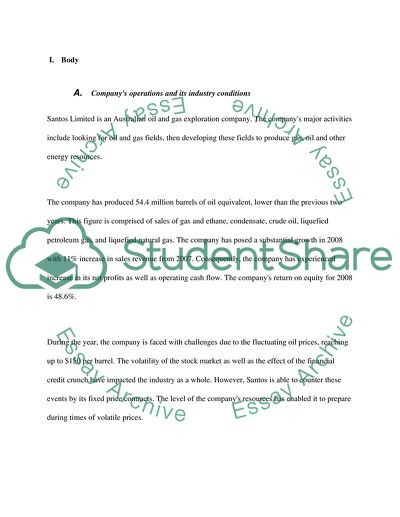Cite this document
(Corporate Accounting Research Paper Example | Topics and Well Written Essays - 3000 words, n.d.)
Corporate Accounting Research Paper Example | Topics and Well Written Essays - 3000 words. Retrieved from https://studentshare.org/finance-accounting/1722761-corporate-accounting
Corporate Accounting Research Paper Example | Topics and Well Written Essays - 3000 words. Retrieved from https://studentshare.org/finance-accounting/1722761-corporate-accounting
(Corporate Accounting Research Paper Example | Topics and Well Written Essays - 3000 Words)
Corporate Accounting Research Paper Example | Topics and Well Written Essays - 3000 Words. https://studentshare.org/finance-accounting/1722761-corporate-accounting.
Corporate Accounting Research Paper Example | Topics and Well Written Essays - 3000 Words. https://studentshare.org/finance-accounting/1722761-corporate-accounting.
“Corporate Accounting Research Paper Example | Topics and Well Written Essays - 3000 Words”, n.d. https://studentshare.org/finance-accounting/1722761-corporate-accounting.


